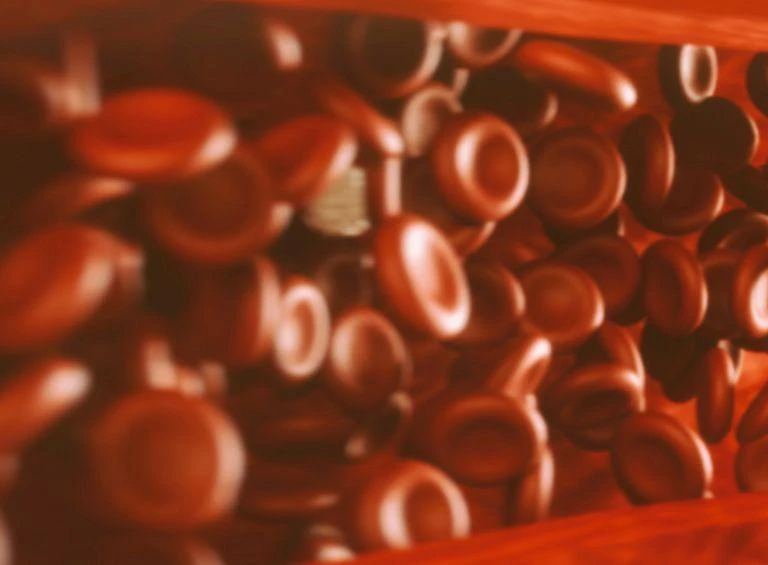ESC 2021 - Dual Antiplatelet Therapy After Coronary Stenting in High Bleeding Risk Patients

Management of high bleeding risk patients after bioresorbable polymer coated stent implantation with an abbreviated versus prolonged DAPT regimen – MASTER DAPT.
Abbreviated DAPT was non-inferior to standard DAPT with regard to NACE and MACCE, and it resulted in a lower incidence of MCB in patients at HBR.
Key Takeaway
- Among patients at HBR who had undergone implantation with a biodegradable polymer sirolimus-eluting stent (Ultimaster), the discontinuation of DAPT at a median of 34 days vs continuation of DAPT for a median duration of 193 days after PCI was:
- Noninferior for the incidence of NACE and MACCE
- Associated with lower incidence of MCB
Why This Matters
- Studies with 1-month DAPT after drug-eluting stent implantation reported that this regimen may reduce bleeding risk without compromising safety.
- However, these studies were nonrandomized, included patients at low ischemic risk, or did not select patients at HBR.
- MASTER DAPT was conducted in a broadly inclusive HBR population that underwent PCI to determine whether an abbreviated vs standard DAPT regimen preserves net and major clinical events and reduces bleeding risk.
Study Design
- MASTER DAPT was an investigator-initiated, multicenter, randomized trial that evaluated patients at HBR treated with Ultimaster stent with no restriction based on clinical presentation or PCI complexity.
- Patients who were on DAPT after PCI for 30 days and free from recurrent ischemic events in whom no further revascularization was planned were randomly allocated to:
- Abbreviated DAPT group (immediately discontinued DAPT and continued SAPT for 11 months or 5 months if OAC was indicated) or
- Standard DAPT group (DAPT for ≥2 or 5 months in patients with or without OAC indication, respectively, followed by SAPT for 11 months)
- SAPT consisted of either aspirin or P2Y12 monotherapy
- Patients were considered to have HBR if at least one of the following criteria applied: Clinical indication for OAC for ≥12 months; prior bleeding; age ≥75 years; systemic conditions associated with increased bleeding risk; documented anemia (Hb <11 g/dL) or transfusion within 4 weeks before randomization; need for chronic treatment with steroids or nonsteroidal anti-inflammatory drugs; diagnosed malignancy (other than skin); stroke at any time or TIA in the previous 6 months; PRECISE-DAPT score ≥25
- Three primary endpoints were evaluated in a hierarchical order:
- NACE (composite of all-cause death, MI, stroke, and major bleeding [BARC type 3 or 5])
- MACCE (composite of all-cause death, MI, and stroke)
- MCB (composite of BARC type 2, 3, and 5)
- NACE and MACCE were evaluated for non-inferiority in the per-protocol population and MCB in the intention-to-treat population for superiority.
Key Results
- Overall, 4,579 patients (mean age, 76 years; HBR criteria [mean ± SD], 2.1 ± 1.1) were randomly allocated to either abbreviated (n = 2,295) or standard DAPT (n = 2,284) group.
- At 1-year, complete outcome data were available for 99% of the intention-to-treat and per-protocol populations.
- Median DAPT duration from the index PCI was 34 (IQR, 31–39) days in abbreviated group and 193 (102–366) days in standard-treatment group.
- Type of SAPT in abbreviated DAPT: Clopidogrel, 53.9%; aspirin, 28.8%; ticagrelor, 13.6%; and prasugrel 1.2%
- NACE: In the per-protocol population, 7.5% of patients in abbreviated DAPT group and 7.7% in standard DAPT group had NACE (difference in cumulative incidence, −0.23; non-inferiority margin, 3.6%; upper confidence limit [two-sided 95%]: 1.33%; P non-inferiority <0.001); similar results were found in the intention-to-treat population.
- MACCE: In the per-protocol population, 6.1% of patients in abbreviated-DAPT group and 5.9% in standard DAPT group had MACCE (difference in cumulative incidence, 0.11; non-inferiority margin, 2.5%; upper confidence limit [two-sided 95%]: 1.51%; P non-inferiority = 0.001); similar results were found in the intention-to-treat population.
- MCB: In the intention-to-treat population, MCB occurred in 6.5% of patients in abbreviated DAPT group and in 9.4% in standard DAPT group (difference in cumulative incidence, −2.82; upper confidence limit [two-sided 95%]: −1.24%; P superiority <0.001; NNTB, 35)
- Among secondary endpoints, CVA (0.8% vs 1.4%; 0.52, 95% CI: 0.28–0.95) and BARC 2 (4.5% vs 6.8%; 0.66, 95% CI: 0.51–0.84) were lower with abbreviated vs standard DAPT and the remaining endpoints were not significantly different between both the groups.
Key abbreviations: HBR, high bleeding risk; MACCE, major adverse cardiac or cerebral events; MCB, major or clinically relevant nonmajor bleeding; NACE, net adverse clinical events; NARC, Non-adherence Academic Research Consortium; NNTB, number needed to treat to benefit.
Limitations
- This was an open-label study;
- DAPT duration was heterogeneous in the standard DAPT group;
- in both arms, DAPT duration was longer than that currently recommended for patients receiving OAC;
- the study was not designed to estimate the role of SAPT type after DAPT discontinuation;
- NACE and MACE event rates were lower than expected, and noninferiority margins were relatively wide;
- these findings may not extend to patients not treated with these stents.
Reference
- Valgimigli M. MASTER DAPT: Dual antiplatelet therapy after PCI in patients at high bleeding risk. Presented at: European Society of Cardiology (ESC) conference on August 28, 2021. [Abstract]

.webp/jcr:content/p2y12-inhibitors%20(1).webp)